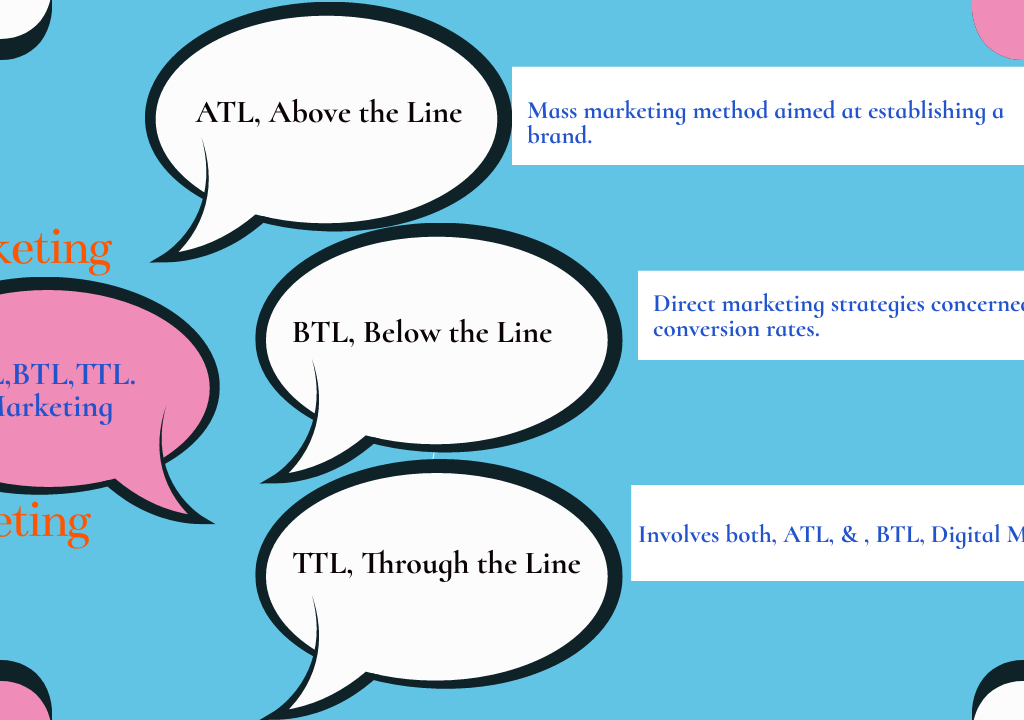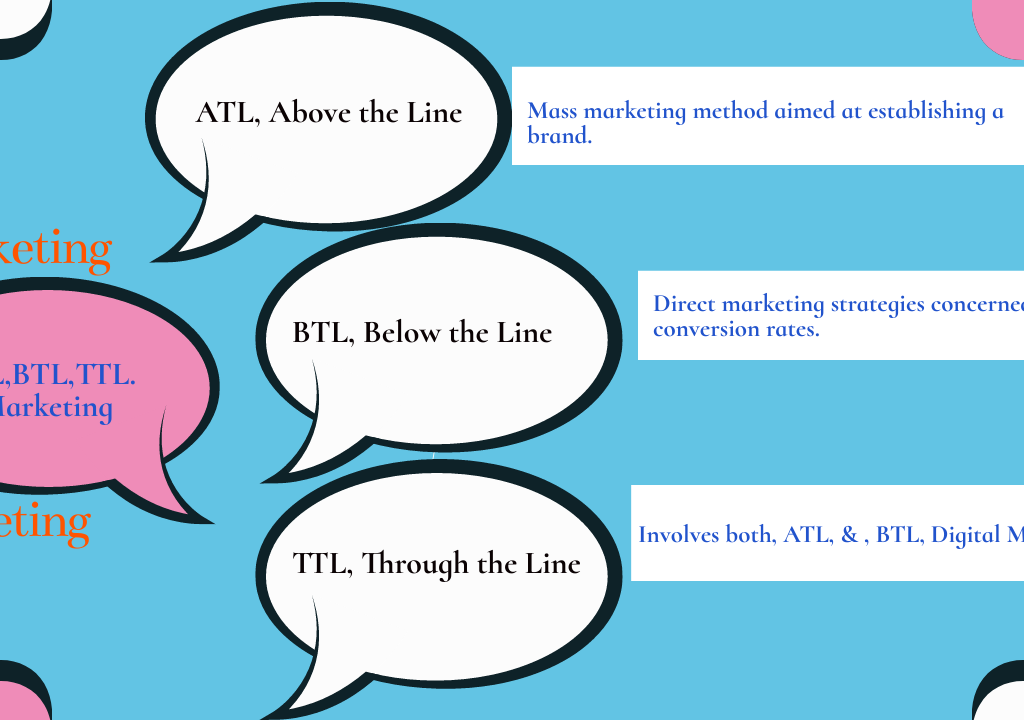
Marketing
Showcasing is a wide field that envelops different exercises and techniques pointed toward advancing and selling items or administrations. Its essential objective is to associate organisations with their interest group, make mindfulness about their contributions, and at last drive deals and income. Here are a few critical viewpoints and parts of promoting:
Statistical surveying: Prior to sending off any advertising effort, organisations direct exploration to comprehend their objective market, client inclinations, and industry patterns. This data assists them with coming to informed conclusions about their advertising systems.
Main interest group: Recognizing and characterising a particular gathering who are probably going to be keen on an item or administration is critical. This permits advertisers to tailor their messages and missions to reverberate with their interest group.
Item Situating: Laying out how an item or administration is seen in the personalities of purchasers is fundamental. Advertisers mean to situate their contributions such that features their interesting elements and advantages contrasted with contenders.
Advertising Blend (4Ps):
The promoting blend contains four crucial components:
Item: What you’re offering, its elements, and the way in which it addresses client issues.
Value: Deciding the evaluating procedure that lines up with market interest and your business objectives.
Place (Circulation): Choosing the proper channels and areas to make the item or administration accessible to clients.
Advancement: Creating procedures and strategies to convey the worth of the item or administration and convince clients to buy it.
Computerised Promoting: In the present computerised age, web based showcasing has turned into a basic part. It incorporates exercises, for example, virtual entertainment showcasing, site improvement (Website optimization), content promoting, email promoting, and paid publicizing to reach and draw in with clients on the web.
Content Showcasing: Making important and pertinent substance to draw in and hold a main interest group. This can incorporate blog entries, recordings, infographics, and that’s only the tip of the iceberg, intended to instruct, illuminate, or engage expected clients.
Publicising: Paid limited time endeavours, like web-based promotions, TV plugs, radio spots, and print media, intended to contact a wide crowd and create interest in an item or administration.
Advertising (PR): Dealing with an organisation’s picture and notoriety through exercises like media relations, official statements, and occasions to keep a positive public insight.
Virtual Entertainment Showcasing: Utilising web-based entertainment stages like Facebook, Twitter, Instagram, and LinkedIn to associate with clients, fabricate brand mindfulness, and take part in direct correspondence.
Examination and Information Investigation: Utilising information and measurements to quantify the adequacy of showcasing efforts, pursue information driven choices, and persistently streamline procedures for improved results.
Marking: Fostering a reliable and significant brand personality that incorporates an organisation’s qualities, mission, and picture. Marking helps clients perceive and interface with a business on a close to home level.
Client Relationship The board (CRM): Overseeing and sustaining client connections through different apparatuses and methodologies to improve devotion and rehash business.
Powerhouse Showcasing: Teaming up with people who have a huge following or impact in a specific specialty to advance items or administrations.
Occasion Advertising: Partaking in or facilitating occasions, expos, and presentations to grandstand items or administrations and associate with expected clients face to face.
Showcasing is a consistently developing field that adjusts to changes in customer conduct, innovation, and market elements. Compelling promoting systems require a profound comprehension of the interest group and an eagerness to adjust and improve to remain serious in the commercial centre.




